Last updated on June 6th, 2025 at 01:10 pm
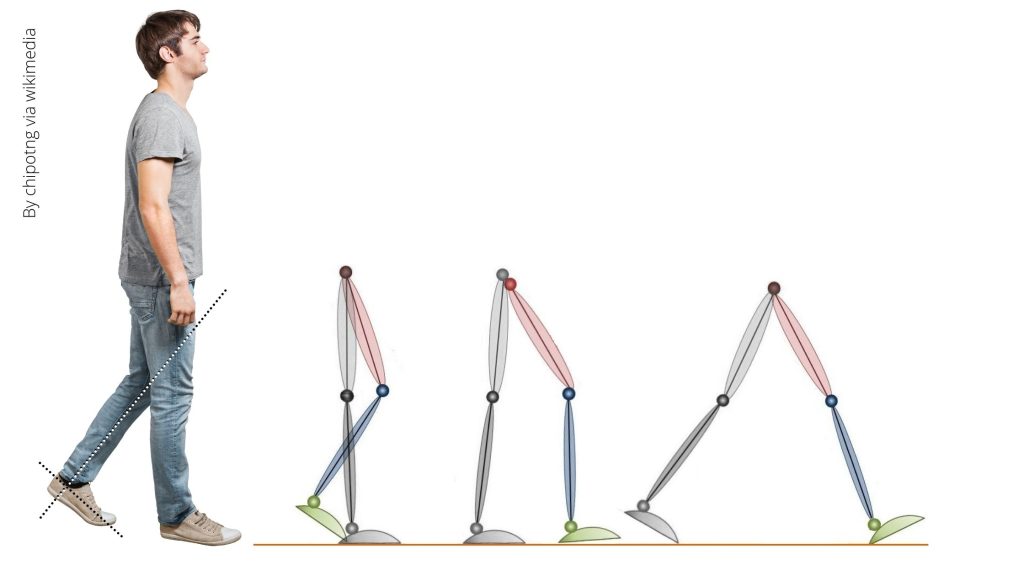
While walking, our legs pass through a series of hip, knee, and ankle movements, repeating itself in a cycle known as the gait cycle. This simple gait cycle results from the complex interplay between the agonist-antagonist group of muscles.
Under the influence of external force/moment, the muscle or muscle groups contract, relax and undergo concentric and eccentric contractions in a smooth, well-coordinated manner to produce a flawless walk cycle.
In this article, I will break down how and which muscles work to produce the different phases of a gait cycle.
Summary of muscle activity during gait cycle phases.
| Gait Phase | Key Muscles Active | Type of Contraction | Primary Action |
|---|---|---|---|
| Heel Strike | Tibialis anterior, Quadriceps, Gluteus maximus | Eccentric | Controls knee flexion, prevents foot slap |
| Foot Flat | Quadriceps, Gluteus medius, Tibialis anterior | Eccentric | Shock absorption, pelvic stabilization |
| Midstance | Plantar flexors (Gastrocnemius/Soleus) | Eccentric | Controls tibial advancement |
| Heel Off | Plantar flexors, Hamstrings | Concentric | Propels body forward |
| Toe Off | Iliopsoas, Plantar flexors | Concentric | Initiates swing phase |
| Swing Phase | Iliopsoas, Hamstrings, Tibialis anterior | Concentric | Leg advancement, foot clearance |
How Muscles Work During the Gait Cycle
In one of our previous articles, “Gait definition, its phases & abnormal gait,” we discussed every phase of the gait cycle in detail. Before we proceed, it would be wise to have a quick recap. We can broadly classify the gait cycle into two phases.
- Stance phase
- Swing phase
Stance phase: The component of the stance phase is
- Heel strike
- Foot flat
- Midstance
- Heel off
- Toe-off
Swing phase: The components of the swing phase are:
- Acceleration
- Mid-swing
- Deacceleration
So, with this summary, let us start with the anatomy of gait cycle muscles.
2 Key Factors Influencing Gait Cycle Muscles
- External vs. Internal Forces: When a person is walking, the walk cycle mechanism is under the influence of external forces (Inertia, Ground Reaction Force, and Acceleration) and internal forces (muscle contraction).
These forces have a direct impact on muscle activity, which produces the final gait cycle pattern1. - Direction of muscle pull: Another thing to consider is the direction of muscle pull. Anatomically, the direction of muscle pull is from insertion to origin, which moves to the distal body segment towards the proximal.
However, this direction of pull becomes exactly reversed under the load (stance phase). The distal body segment is more stable and fixed to the floor, and the proximal segment is free to move with respect to the distal.
Considering all these aspects, let us start our discussion with the stance phase when the body is under the load, and GRF (ground reaction force) directly influences the muscle action.
Muscle activity during the stance phase of the gait cycle
The stance phase begins with a heel strike when the leg comes into contact with the floor. It passes through the flat foot, mid-stance (single leg standing), heel off, and ends with toe-off.
In this phase, the muscle has to act to prevent hyperextension of the knee, avoid the slapping of the foot on the ground, and then maintain a stable single-leg standing posture. Then, prepare the knee and other joints for the pre-swing phase.
So, let us start with heel strike.
1. Heel Strike (Initial Contact): Muscles & Actions
This is the first component of the stance phase, when the heel strikes the ground. There are two possibilities; one is due to the moment there can be knee bending, and another possibility is slapping of the foot.
So, to maintain the amount of knee flexion, the quadriceps muscles come into action and contract eccentrically. The gluteus maximus and the biceps femoris help to control hip flexion movement, whereas the tibialis anterior controls and slows down foot movement2.
The tibialis anterior also prevents the foot from slipping. The tibialis anterior muscles contract eccentrically to fix the ankle in a neutral position.
After the heel strike, the next component is the flat of the foot.
2. Foot Flat Phase: Key Muscle Roles
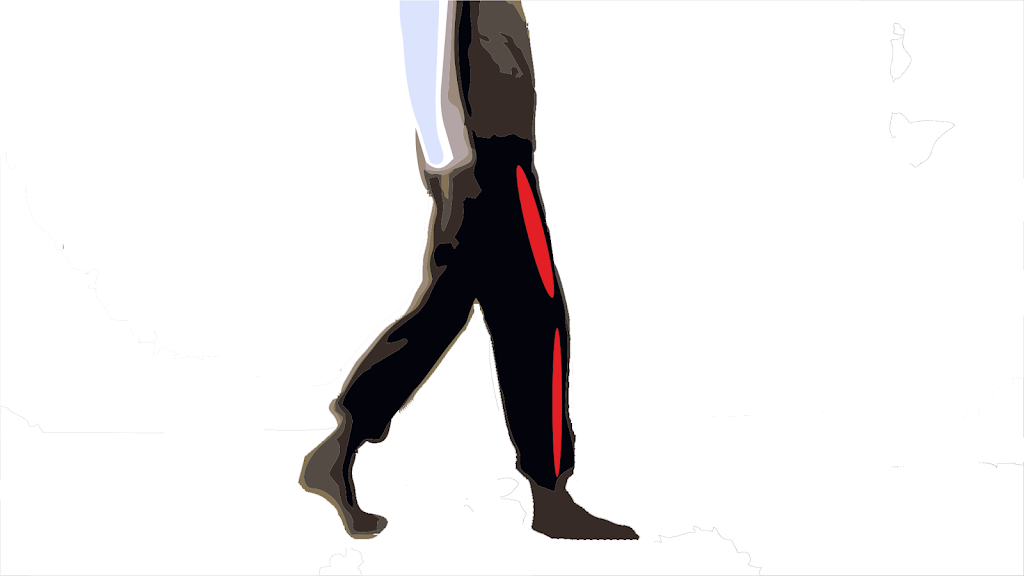
During the first contact phase of walking, the foot directly touches the ground and remains flat. Seven main muscles work together to control the ankle, knee, and hip to maintain balance while moving forward.
The rectus femoris muscle plays a crucial role in controlling and slowing down knee flexion while absorbing the shock during the loading response.
At the same time, the hamstring muscle reduces its action to flex the knee, and the gluteus maximus muscle increases its action to accelerate the hip.
The gluteus medius muscle stabilizes the pelvis, and the anterior tibialis muscle acts eccentrically. The quadriceps and gluteus muscles also work eccentrically.
3. Midstance: How Muscles Stabilize the Leg
It is the midpoint of the whole stance phase. Due to the activity in the intrinsic foot muscles, the foot converts into a rigid structure over which the leg moves.
However, plantar flexors contract eccentrically to control the rate at which the leg moves over the ankle. The quadriceps act concentrically to initiate knee extension.
Next is heel off.
4. Heel Off: Propulsive Muscle Activity
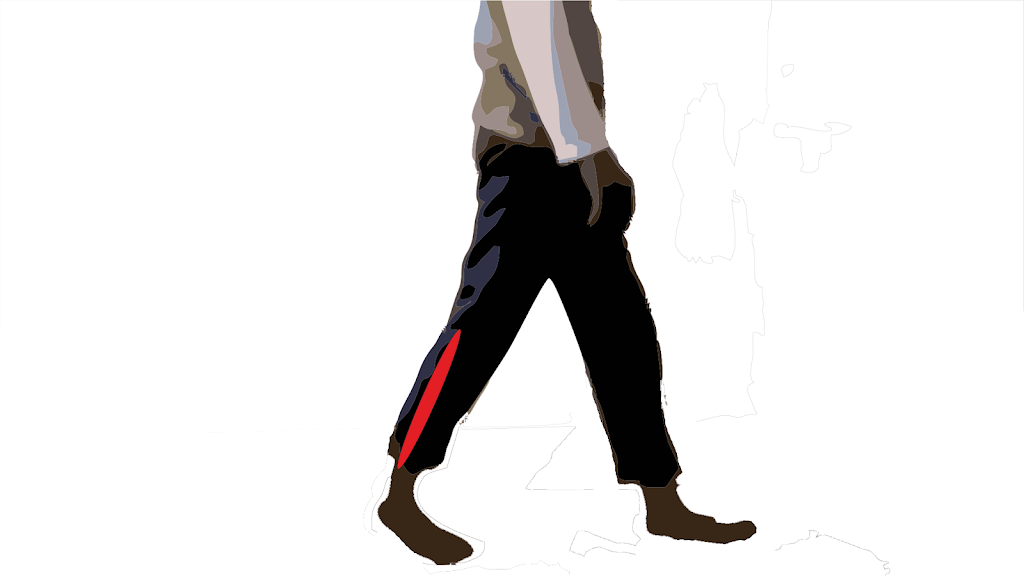
As the name suggests, the heel leaves the ground in this phase.
Leaving the ground requires great force; plantar flexors bring about this force. The foot acts like a rigid base upon which the plantar flexors act concentrically to produce a propulsive push-off.
5. Toe-Off: Transition to Swing Phas
Plantar flexors continue to act concentrically. The iliopsoas muscles, which are hip flexors, shift from eccentric to concentric activity, advancing the extremity into the swing phase.
Also read: What’s Waddling Gait? Causes and treatment
Swing Phase Muscles: Acceleration to Deceleration
During this phase, the leg swings away from the floor and passes through acceleration mid-swing deceleration. Any underlying pathology that disturbs the swing phase results in an abnormal gait known as a waddling gait.
6. Acceleration Phase: Hip Flexors & Knee Control
This phase continues to toe-off when the leg leaves the ground. After leaving the ground, the muscle gathers momentum to propel the leg forward. Three main muscle groups are in action to produce this movement.
The hip flexor muscles, i.e., the adductor longus, the sartorius, the iliacus, and the gracilis muscles, have an ongoing activity to advance the thigh and to create, passively, thanks to the inertia of the leg, the knee flexion.
In addition, the biceps femoris muscle increases knee flexion, and the tibialis anterior and extensor digitorum longus muscles lift the foot from its previously plantarflexed position to prepare foot clearance.
7. Mid-Swing: Minimal Muscle Effort?
It is the midway point of the swing phase. Here, muscle activity virtually ceases except for the dorsi-flexors. This is because of the leg inertia of motion, which swings the leg forward.
During the mid-swing phase, the thigh continues its advancement, and there is a vertical alignment of the tibia with the foot. During this period, the muscle activity is limited. Iliacus, sartorius, rectus femoris and gracilis activity have ceased.
The tibialis anterior supports and maintains the ankle position. The contralateral gluteus medius supports the position.
The final phase is deceleration.
8. Deceleration: Preparing for the Next Step
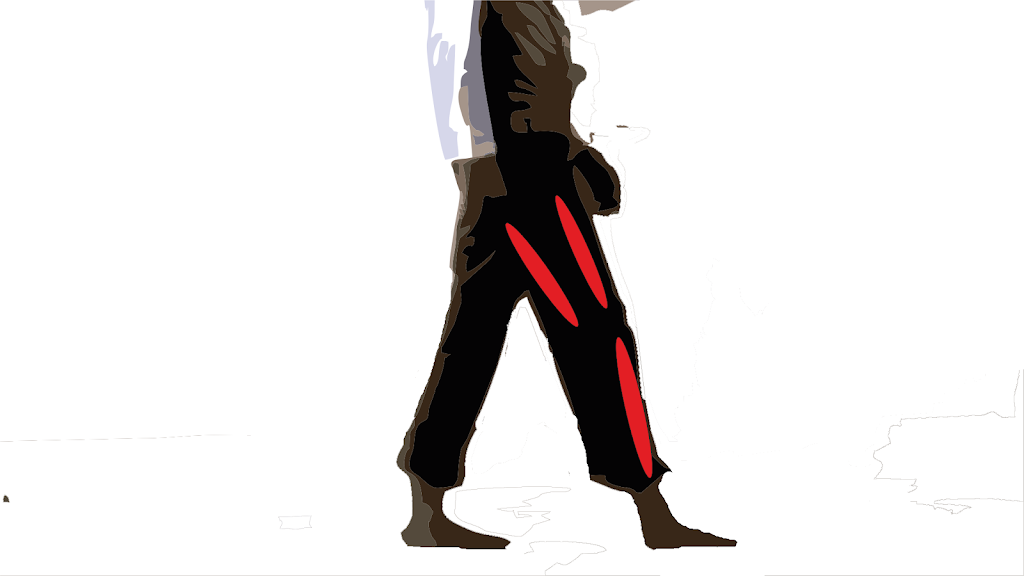
This is the final stage of the gait cycle. This phase prepares the next stance phase. Now, the swinging legs need to slow down and stop to prepare for the next phase, which is the heel strike.
Here, the hamstring acts concentrically to decelerate the swinging leg, and the tibialis anterior acts concentrically to hold the ankle in position for a heel strike. Three main muscles are in action.
The hamstring muscle acts on the hip and knee joints to slow down the forward movement of the leg. The rectus femoris muscle extends the knee, and the tibialis anterior positions the ankle joint to ensure contact with the ground.
Adequate knee extension at this time is crucial to achieving heel contact. At terminal swing, the ischiocrural muscles usually avoid hyperextension of the knee.
FAQs: Gait Cycle Muscles
Gait Cycle Muscles: Key Takeaways
In conclusion, the gait cycle is a complex process that involves the interplay of various muscles and external forces. Understanding the anatomy and muscle activity during the different phases of the gait cycle is essential for diagnosing and treating gait abnormalities.
By breaking down the muscle activity during the stance and swing phases of the gait cycle, we can see how different muscles work together to produce a flawless walk cycle.
It is important to note that any underlying pathology that disturbs muscle activity during the gait cycle can result in gait abnormalities and affect a person’s quality of life. Therefore, if you have any concerns about your gait, it is best to consult with a healthcare professional.
Keep reading: New 3D Tech prosthetic liners help more amputees walk again
The author is a physiotherapist who has been practising for the last 17 years. He holds a Bachelor's in Physiotherapy (BPT) from SVNIRTAR (Swami Vivekananda National Institute of Rehabilitation and Research), one of the prestigious physiotherapy schools in India.
Whatever he learns dealing with his patient, he shares it with the world through blogs and e-books. He also owns a YouTube channel, "Sunit Physiotherapist" with over 8 lakh active subscribers. Here, he shares everything he gets to learn serving the patient.

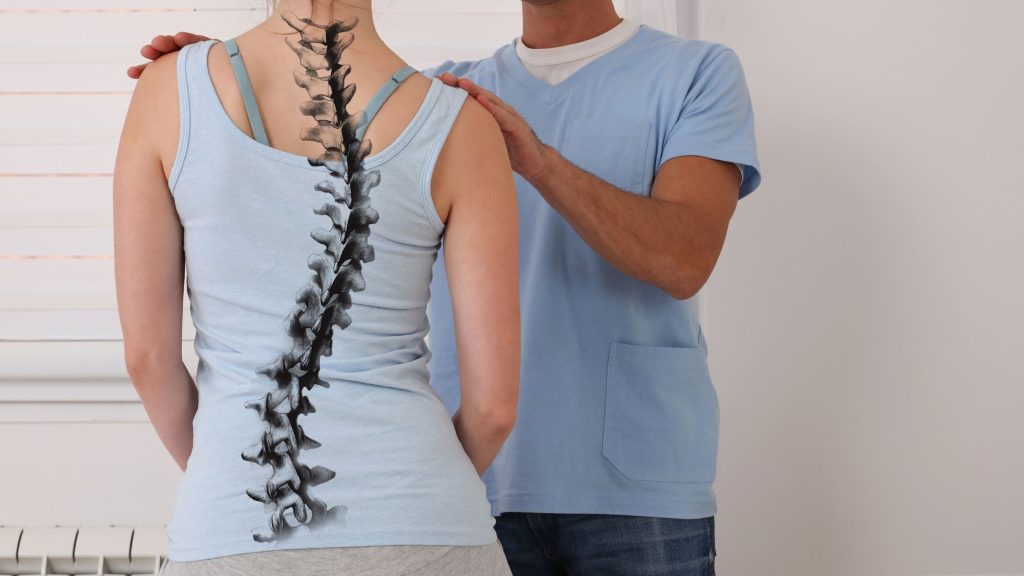
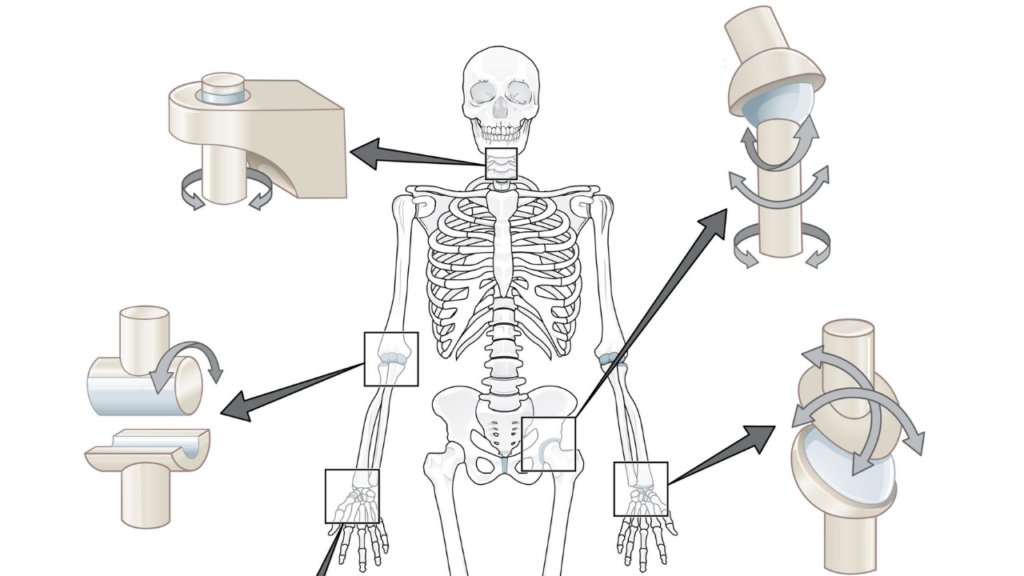



Pingback: Gait definition, its phases & abnormal gait - Physiosunit